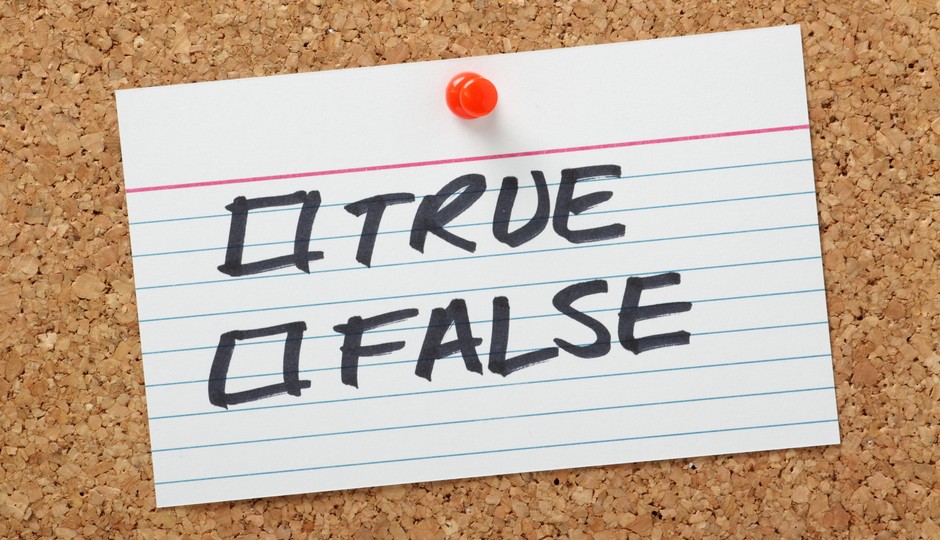Are the Best Charters Actually Whiter & Wealthier?

Photo Credit: Shutterstock.com
Yesterday, English teacher (and Citified insider) Andrew Saltz argued that the highest-performing charter schools do as well as they do in large part because they enroll students with fewer challenges than typical district schools. Saltz zoomed in on MaST, in Northeast Philadelphia, to make his case.
Wrote Saltz:
The biggest difference between the “horrendous” public school and its charter alternative isn’t the teachers or the curriculum, it’s the student body. “Elite” charters, like MaST, tend to have student bodies that are significantly more white and much less likely to be enrolled in free lunch than neighborhood schools such as Disston-Hamilton.
Saltz’s take is a controversial one. We’re expecting a response to it sometime soon from MaST CEO John F. Swoyer III. But a lot of the criticism has focused on the question of whether or not Saltz is factually correct.
@CitifiedPHL @mr_saltz beef: the statement “the city’s best charters are weathier and whiter than District schools” = false
— Kristen Forbriger (@kforbriger) January 19, 2015
So: Are the highest performing charter schools actually “significantly more white and much less likely to be enrolled in free lunch”? The short answer is “yes.” The long answer is considerably more complicated.
The 26 highest performing charter schools–those with SPP scores of 70 or above–collectively enroll about 19,500 students. Of those students, 32 percent are white, compared to just 14 percent of students in the universe of all district-run schools. Similarly, 64 percent of charter students are classified as “economically disadvantaged,” compared to 85 percent in the school district overall.
But that’s not the entire story. Within that cohort of high-performing charters there are many individual schools with student bodies that have far fewer white students than the district average, including Mastery Charter Schools’ Pickett, Shoemaker, Harrity, Mann and Cleveland campuses. KIPP West Philadelphia Preparatory is another school with virtually no white enrollment and a high SPP score (74.7). Pan American Academy, Freire, Russell Byers and Mastery Harrity all have a larger share of economically disadvantaged students than does the district as a whole.
Just as notable, the cohort of elite charter schools clearly serve proportionately more minority, low-income children than do comparably high-perfroming district-run schools, which tend to include a lot of magnets and neighborhood schools in better-off sections of the city.
Now for the caveats:
- This analysis is attempting to answer only a very narrow question: are the student bodies of elite charter schools whiter and wealthier than the overall student body of the school district? This doesn’t shed any light on alleged charter “creaming” of the most involved students and parents. Nor does this analysis get into questions regarding charter enrollment of English langue learners and special education students.
- This analysis also does not attempt to shed any light on the question of how charter enrollment overall stacks up against the district’s. Why? Saltz wasn’t arguing that question one way or the other, and I don’t know that anybody seriously contends that the overall makeup of charter students in Philadelphia is meaningfully whiter or wealthier than the district as a whole.
- The metric of an SPP of 70 or above is the least arbitrary one I could come up with to identify “elite” schools, as this is the benchmark the state considers “acceptable achievement.” A large majority of both charter schools and district schools fall way below that measurement.
- There are, obviously, myriad definitions of what constitutes the “best” schools. SPP seemed to be the best metric available to answer this narrow question.
- If you’d like to check our work, take a look at this Google doc. It’s not pretty, but it does show you our math. We got our figures for the school district overall here.